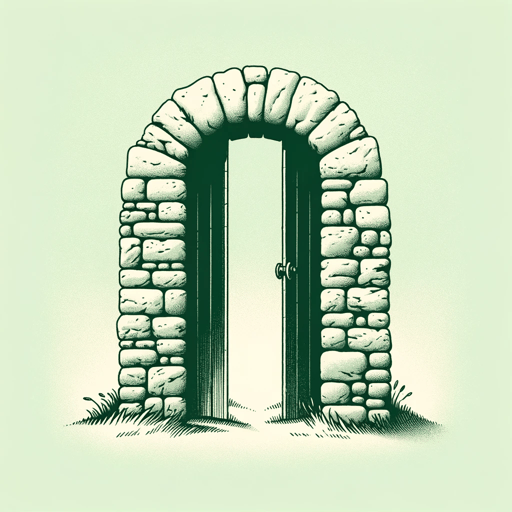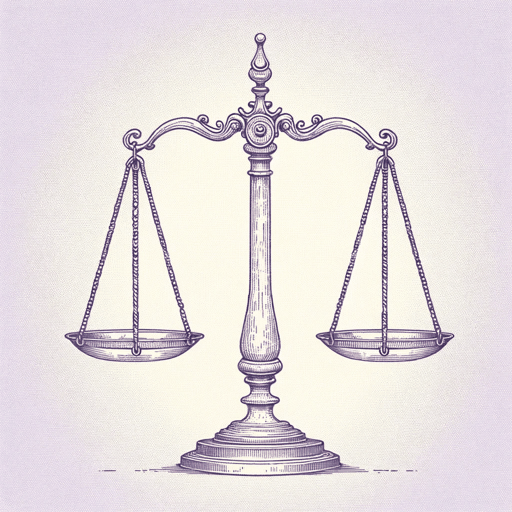23 pages • 46 minutes read
Ben JonsonTo Penshurst
Fiction | Poem | Adult | Published in 1616A modern alternative to SparkNotes and CliffsNotes, SuperSummary offers high-quality Study Guides with detailed chapter summaries and analysis of major themes, characters, and more.
Literary Devices
Form
The entire poem is executed in rhyming couplets, two lines in a row, each with five units of stressed and unstressed clusters (for 10 beats altogether) and with some variation to avoid monotony and to provide emphasis at critical moments.
Most lines are provided with an end-mark, a closing-off of the line using a mark of punctuation—a comma or a period or a semicolon—giving each line its own integrity. That use of closed lines traditionally renders the poem its grandeur and stately pace when recited publicly.
The form, which dates to antiquity, is known as heroic couplets and is most often associated in Greek and Roman literatures with topics of great gravitas, for example narratives of great battles, epic adventures of heroes, or grand apocalyptic showdowns between the gods and mortals. Thus, the poem is compelled by its percussive rhythm and its anticipated rhymes.
Jonson’s audience would recognize the heroic couplet. That Jonson, schooled in the literatures of antiquity, should chose the heroic couplet as the form for a poem celebrating an estate might suggest irony. Surely the poet does not place the fig trees and some country stream teeming with carp on the estate of country home on par with grand narratives of heroic and extraordinary exploits with broad implications, a tradition that would include Odysseus, Virgil, and Achilles.
Related Titles
By Ben Jonson






